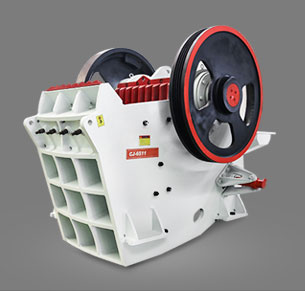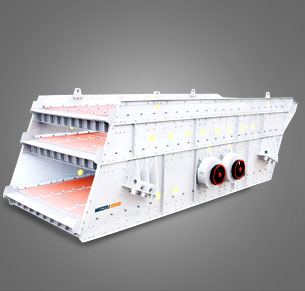The performance and parameters of an impact crusher are critical in determining its efficiency, output quality, and suitability for various applications (e.g., mining, recycling, construction). Below is a detailed breakdown:
 1. Key Performance Indicators (KPIs)
1. Key Performance Indicators (KPIs)
– Crushing Efficiency: Measures how effectively the crusher reduces feed size.
– Throughput Capacity (Tons/Hour): The amount of material processed per hour.
– Product Size Distribution: The range of output particle sizes (e.g., 0-20mm, 20-40mm).
– Power Consumption (kW): Energy required per ton of crushed material.
– Wear Resistance: Lifespan of wear parts (blow bars, aprons, liners).
– Reduction Ratio: Ratio of feed size to product size (typically 10:1 to 20:1 for impact crushers).
—
2. Main Technical Parameters
| Parameter | Description | Typical Range |
|———–|————|————–|
| Rotor Diameter (mm) | Determines impact force and feed size capacity | 500–2000 mm |
| Rotor Width (mm) | Influences throughput capacity | 300–2500 mm |
| Rotor Speed (RPM) | Higher speed = finer output but more wear | 500–1200 RPM |
| Feed Opening Size (mm) | Maximum feed size accepted | 300–1000 mm |
| Motor Power (kW) | Drives crushing efficiency and capacity | 30–800 kW |
| Throughput Capacity (TPH) | Varies with material hardness & settings | 50–500 TPH |
| Max Feed Size (mm) | Largest piece the crusher can process | ≤70% of feed opening |
| Product Size Range (mm) | Adjustable via aprons/grates & rotor speed | 5–80 mm |
—
3. Factors Affecting Performance
 # (A) Material Properties
# (A) Material Properties
– Hardness & Abrasiveness: Affects wear rate and power consumption.
– Moisture Content: Sticky materials may clog the crusher.
– Feed Size Distribution: Proper gradation improves efficiency.
# (B) Machine Settings
– Rotor Speed: Higher speed = finer product but increased wear.
– Apron/Curtain Gap: Controls output size; smaller gap = finer product.
– Blow Bar Design: Shapes like high-chrome martensitic or





Leave a Reply